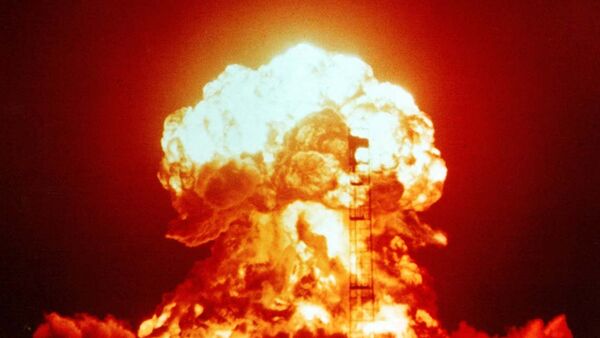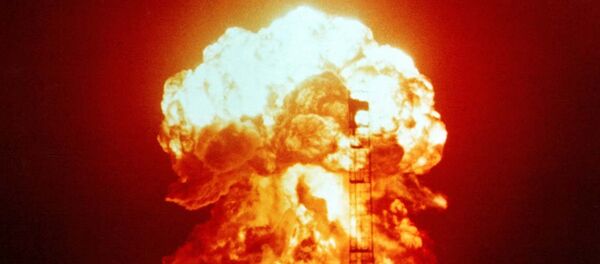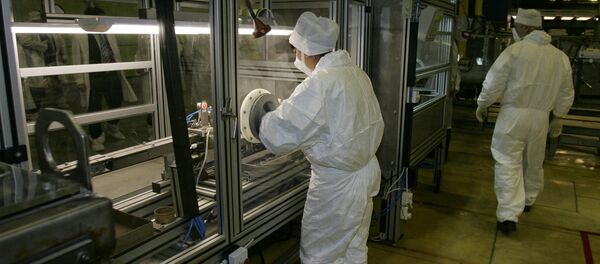“Its entry into force should take place as soon as possible. Such a move will be a decisive step in a global drive toward nuclear weapons elimination,” said Kalinowski, who is head of the Capacity Building and Training Section at the CTBTO’s International Data Centre Division.
All five nuclear weapons states as recognized by the Treaty on the Non-Proliferation of Nuclear Weapons — the United States, China, Russia, France and the United Kingdom, signed the CTBT on 24 September 1996 — the day it opened for signature. To date, the CTBT has been signed by 183 countries, which is the majority of countries in the world. Eight countries among those still have to ratify, three of which have not signed yet. Until these eight specific countries have ratified, the treaty will not come into force.
He added that the International Monitoring System, which consists of 337 stations and laboratories, is almost 90 percent complete and has already proven highly effective and functional, in particular by detecting all three nuclear explosions announced by North Korea.
The CTBT builds on the Partial Test Ban Treaty of 1963, which prohibited nuclear testing in the atmosphere, in outer space, and under water.
“The greatest benefit of the Partial Test Ban Treaty was that there was much less environmental radioactivity above ground, because although radioactivity was still generated, it is much safer when contained underground,” Kalinowski explained.
"If we look at the dangers of nuclear testing, we are really looking at the legacy of what remains from earlier nuclear testing. And, of course, every additional nuclear test has its effects," Kalinowski said, adding that there is just one country which doesn't adhere to the established norm — North Korea.
The CTBTO has recently taken practical steps in order to speed up the treaty’s entry into force, according to Kalinowski, including the creation of a group of eminent people known as the GEM, which consists of former heads of state or prominent figures still active in government. Launched in New York in September 2013 at the initiative of CTBTO Executive Secretary Lassina Zerbo, GEM is dedicated to promoting the CTBT’s entry into force through a range of strategic approaches.
"Through their expertise in the field of nuclear disarmament and non-proliferation and their political standing, members of the GEM are injecting new dynamics into the entry-into-force process through media outreach activities, engaging in high-level events and directly with key role players, and through networks and force multipliers," Kalinowski told Sputnik.
"The instantaneous release of a substantial amount of energy is extremely large compared to chemical explosions," he said.
Between 1945 and the opening for signature of the CTBT in September 1996, over 2,000 nuclear tests were carried out all over the world. Most of them were conducted by the United States — 1,032 tests, and the Soviet Union — 715 tests. Since September 1996, the number of tests has dropped dramatically: India and Pakistan each carried out two sets of tests in 1998 and North Korea is the only country to have conducted nuclear tests in the 21st Century.





